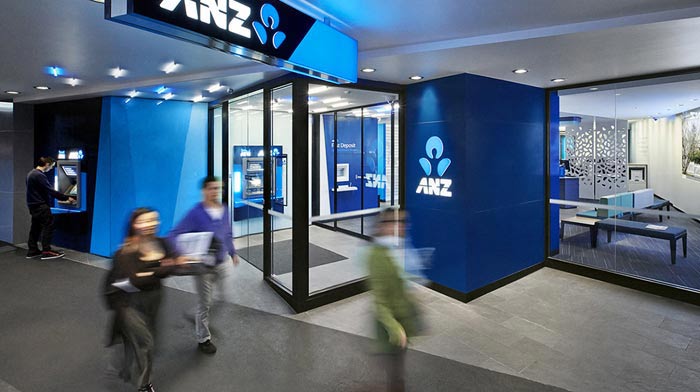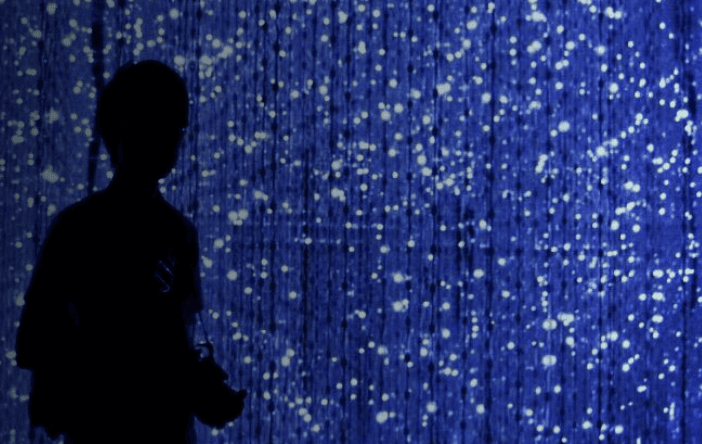
Flinders University and other experts have joined two major projects to help save endangered species in South Australia, and other states.
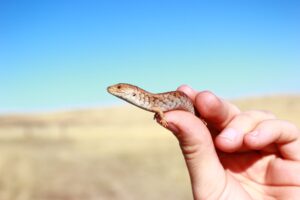
Australian Sea Lions and Pygmy Bluetongue Lizard conservation projects are part of $24 million in new funding from the Australian Government to help 73 threatened native species.
Across Australia, 61 projects have been awarded Saving Native Species grants of up to $500,000 to better protect frogs, birds, fish, invertebrates, mammals, reptiles and plants. These projects will help to reduce the risk of extinction, especially for many of the 110 priority plants and animals in the 10-year Threatened Species Action Plan which is supported by $550 million in funding for projects to save native species and tackle invasive pests.
Recovery actions in each project are guided by statutory conservation planning documents and the latest information about the species and threats they are facing.
More than $499,863 was awarded for a project led by Flinders University Professor Mike Gardner to continue promoting better land management practices to save endangered populations of pygmy bluetongue lizards – including using conservation and detection dogs to find the pygmy lizards for study.
A second SA grant of more than $409,000, led by Professor Simon Goldsworthy from the South Australian Research and Development Institute (SARDI), will be used around the nation to trial shelters at Australian Sea Lion breeding sites.
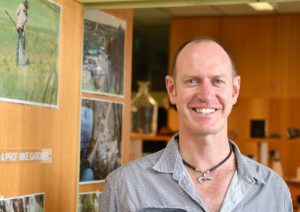
Professor of Biodiversity and Ecology Mike Gardner, who leads the Laboratory of Evolutionary Genetics and Sociality (LEGS) at Flinders University says the survival of the pygmy blue-tongue populations depends on further study of the threatened species in South Australia’s Mid North grassland regions.
“Our project seeks to make significant inroads to our knowledge of these remote populations and to remove barriers to conservation by promoting best practice farming and land management practices and improving the condition of native grasslands through plantings,” he says.
To facilitate the project the Pygmy Bluetongue Recovery Team will train and use conservation sniffer dogs to find and monitor the tiny lizards which are often only found on farming land in spider burrows using a fibre optic camera. Workshops with landowners will be held throughout 2025, with a focus on known populations near Burra, Bundaleer North, Clare, South Hummocks and Eudunda.
Partners include the Nature Foundation, Northern and Yorke Landscape Board and landowners.

Flinders affiliate Professor Goldsworthy, who is Program Leader of Marine Ecosystems at SARDI, the research arm of Primary Industries and Regions SA (PIRSA), will collaborate with partners including senior SARDI scientist Dr Roger Kirkwood and Flinders University ecologist Dr Ryan Baring to gather extensive data through a comprehensive sampling and surveillance program spanning multiple sites across southern Australia.
Professor Goldsworthy has been gathering data for more than 25 years to address the decline in sea lion populations, including statewide monitoring in SA and a 20-year microchipping program at Seal Bay on Kangaroo Island.
“Despite major declines (>60%) in Australian sea lion populations over the last four decades, our understanding of the key threats to the species and causes for declines is poor, hampering conservation efforts,” he says.
Partners in the project include researchers from Macquarie University, University of Sydney, University of Western Australia, the Minderoo Foundation and staff from the Department for Environment and Water.
“This project aims to bridge this gap by undertaking comprehensive biological sampling across the species’ range to examine how disease prevalence, genetic population structure, and foraging ecology vary among sites with different population trajectories.
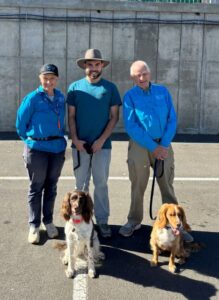
“By integrating new and existing data, the project seeks to identify factors common to populations that are declining, stable or increasing.
“Additionally, the project will explore the impact of extreme heat days (heat stress) on pup survival and assess whether pup shelters can enhance resilience and adaptive capacity to climate change.”
As well, Dr Baring and Flinders University PhD Brad Martin, from the College of Science and Engineering, are part of a new citizen science environmental program on the Eyre Peninsula, funded by a $49,990 grant awarded by the Government of South Australia Department for Environment and Water.
Led by marine ecologist Janine Baker, the ‘Marine Hitchhikers of Eyre Peninsula’ project will seek information from members of the public about introduced or exotic species found between Port Augusta and Coffin Bay.
Last year the Flinders University BirdLab research on little penguin numbers on Granite Island received an environmental Citizen Science Small Grant of up to $15,000.




